Have you ever wondered how many people are ambidextrous? Well, stick around, and you’ll be sure to find out. Quick spoiler: They aren’t very common. Throughout your day, you likely don’t think much about handedness. It’s just like breathing or sleeping. However, you might be surprised to know it plays a huge part in human psychology, language, intelligence, and learning. Many of you likely know what it’s like to be right or left handed but have no idea what it’s like being ambidextrous. There are many benefits to being ambidextrous, but it also had disadvantages most don’t consider. Here are 25 Bizarre Facts About Being Ambidextrous.

Ambisinistral
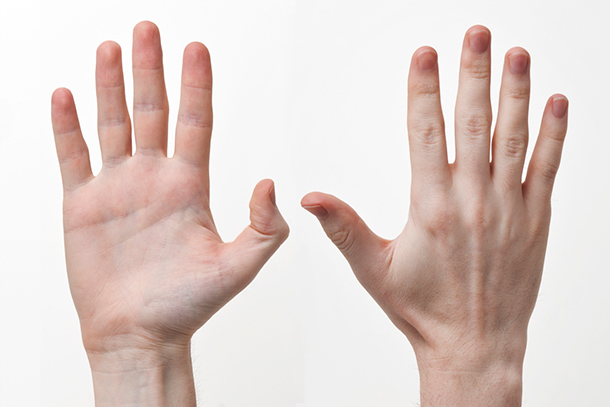 Source: http://www.mindamuse.com/life/facts-ambidextrous-people/
Source: http://www.mindamuse.com/life/facts-ambidextrous-people/ People tend to confuse ambidextrous with ambisinistral. Those who are ambisinistral have tried to train their brain to write or do something with both hands but are not as proficient. It’s described as both hands being as skilled as a right-hander’s left hand.
The Brain
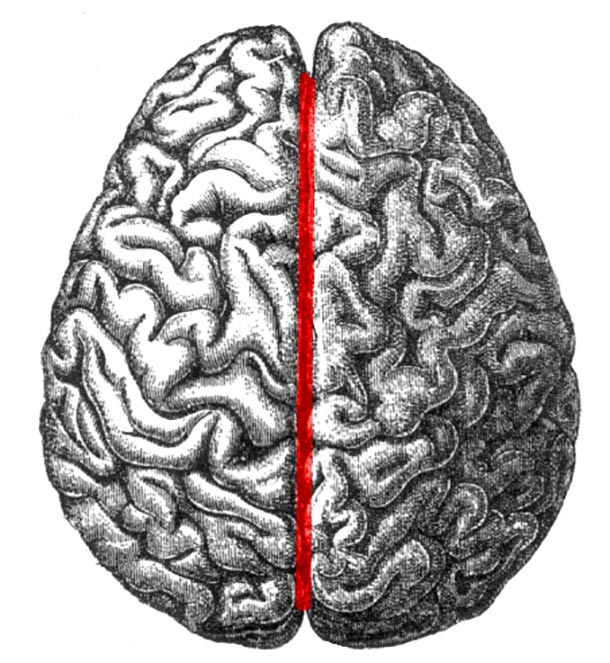 Source: http://www.apa.org/monitor/2009/01/brain.aspx
Source: http://www.apa.org/monitor/2009/01/brain.aspx While right-handers are dominant on the left side of their brain, the ambidextrous have symmetrical brain hemispheres. This means their brains don’t divide duties rigidly.
Emotions
 Source: http://healthland.time.com/2010/09/15/which-is-better-being-right-brained-or-left-brained/
Source: http://healthland.time.com/2010/09/15/which-is-better-being-right-brained-or-left-brained/ The downside to having symmetrical brain functionality is balancing emotions and feelings. A recent study of left-handed and ambidextrous people found that they struggled with anger, having negative emotions, and managing their emotions.
ADHD
 Source: https://www.scientificamerican.com/article/ambidexterity-and-adhd/
Source: https://www.scientificamerican.com/article/ambidexterity-and-adhd/ Ambidextrous people with symmetrical brains are also at risk of having cognitive problems. One study analyzed 8,000 Finnish children; it showed that mixed-handed children had a higher rate of having learning and attention difficulties such as ADHD. By age 8, they were twice as likely to have learning difficulties.
Testosterone
 Source: https://www.nature.com/articles/srep08325
Source: https://www.nature.com/articles/srep08325 Studies have shown that testosterone plays a key factor in symmetrical formations of the brain, which links to people becoming ambidextrous. This also explains the higher prevalence of left-handedness and mixed-handedness among men.
Schizophrenia
 Source: https://www.newscientist.com/article/mg15120471-500-are-indecisive-brains-prone-to-schizophrenia/
Source: https://www.newscientist.com/article/mg15120471-500-are-indecisive-brains-prone-to-schizophrenia/ Timothy Crow, a psychiatrist from Oxford, has theorized that ambidextrous children are more prone to have schizophrenia later in life than their right and left-handed peers. By puberty, the left side of the brain takes on a dominant role in language skills, and language, he believes, is a key factor with those who develop schizophrenia.
Chromosome
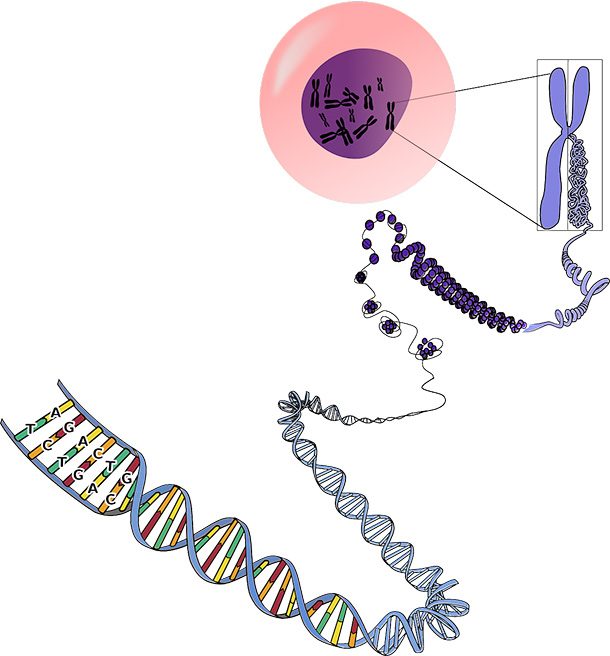 Source: http://www.worldsstrangest.com/mental-floss/11-facts-about-the-ambidextrous/
Source: http://www.worldsstrangest.com/mental-floss/11-facts-about-the-ambidextrous/ Being ambidextrous tends to be more linked to genetic factors than the environment. Studies have shown that people who are ambidextrous have the LRRTM1 gene on the second chromosome. As a side note, this gene is also linked to schizophrenia.
Sexuality
 Source: http://scienceblogs.com/corpuscallosum/2006/12/16/ambidextrous-more-likely-to-be/
Source: http://scienceblogs.com/corpuscallosum/2006/12/16/ambidextrous-more-likely-to-be/ When it comes to handedness, some scientists believe there could be a link to sexuality. Dr. Michael Peters of the University of Guelph did a study of 255,000 people and found that ambidextrous people had a higher prevalence of homosexuality and bisexuality.
Options
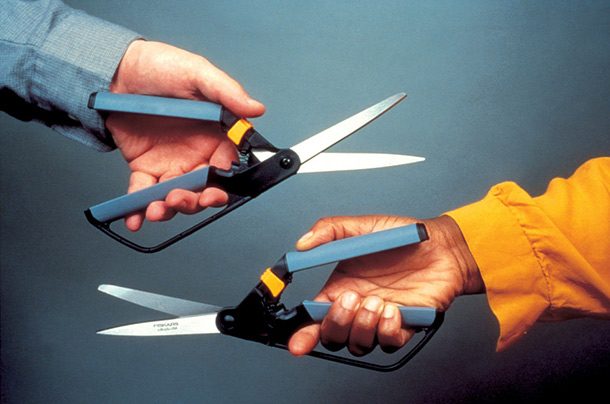 Source: https://biology.stackexchange.com/questions/13568/what-are-the-advantages-and-disadvantages-of-being-ambidextrous
Source: https://biology.stackexchange.com/questions/13568/what-are-the-advantages-and-disadvantages-of-being-ambidextrous Obviously, a great advantage of being ambidextrous is having the option of using either hand during sports, chores, or at work. The ease of using both hands helps them do tasks with greater efficiency.
Synesthesia
 Source: http://www.mindamuse.com/life/facts-ambidextrous-people/
Source: http://www.mindamuse.com/life/facts-ambidextrous-people/ They’ve been known to struggle with synesthesia, a condition of mixing senses where people can taste color or see sound. They can experience these senses to an extreme degree as well.
Celebrities
 Source: https://www.ranker.com/list/ambidextrous-celebrities/celebrity-lists
Source: https://www.ranker.com/list/ambidextrous-celebrities/celebrity-lists As it happens, ambidextrous people are in good company. Many celebrities, politicians, thinkers, and artists throughout history have been ambidextrous, including Benjamin Franklin, Albert Einstein, Leonardo da Vinci, and Nikola Tesla.
Easily Swayed
 Source: https://www.newscientist.com/article/dn20156-ambidextrous-people-easier-to-influence-emotionally/
Source: https://www.newscientist.com/article/dn20156-ambidextrous-people-easier-to-influence-emotionally/ According to a study at Montclair State University, the ambidextrous are prone to coercion and are easily emotionally manipulated. The study found that “inconsistent handers” reported having constant mood changes depending on the music they were listening to or the environment they were in. In contrast, right-handers reported no change.
Improving Brain Power
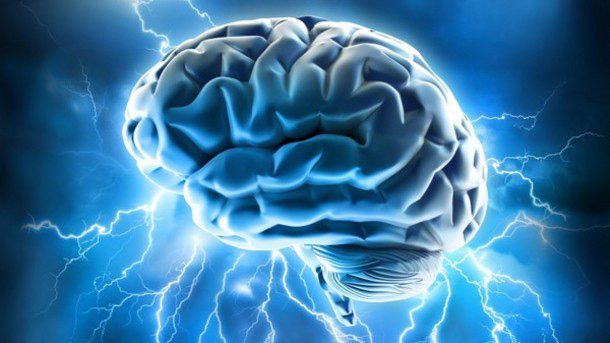 Source: http://www.dailymail.co.uk/sciencetech/article-3820189/Could-forcing-write-hands-make-smarter-Experts-remain-divided-bizarre-brain-training-technique.html
Source: http://www.dailymail.co.uk/sciencetech/article-3820189/Could-forcing-write-hands-make-smarter-Experts-remain-divided-bizarre-brain-training-technique.html Controversy swirls among experts about whether or not you can train your brain to be ambidextrous. Entire companies, like Whole Brain Power Consulting, tout the idea that people who train their brain to be ambidextrous can boost their brain power. But other experts have said it could have the opposite effect and that there are no studies connecting handedness to intelligence.
Religious
 Source: https://www.sciencedirect.com/science/article/pii/S0191886918300722
Source: https://www.sciencedirect.com/science/article/pii/S0191886918300722 A study published in the Elsevier journal found a possible link between handedness and religious belief. They determined that right or left handed people with dominant brain hemispheres were consistently more authoritarian and more religious. On the other hand, ambidextrous people tended to be less religious.
They're Rare
 Source: http://www.apa.org/monitor/2009/01/brain.aspx
Source: http://www.apa.org/monitor/2009/01/brain.aspx According to the American Psychological Association, 90% of the world population is right-handed and the other ten percent is left-handed or having some degree of ambidextrous. Only “true” ambidextrous people make up 1% of the population.
Surgeons
 Source: http://www.aasurg.org/blog/the-sinistral-surgeon/
Source: http://www.aasurg.org/blog/the-sinistral-surgeon/ To better perform in their jobs, many surgeons in training are encouraged to become ambisinistral and train to perform surgery with the ability to use both hands proficiently.
Lower IQ but Higher Creativity
 Source: https://study.com/academy/lesson/ambidextrous-people-definition-brain-activity.html
Source: https://study.com/academy/lesson/ambidextrous-people-definition-brain-activity.html With a symmetrical brain, ambidextrous people struggle to process math and science information as well as right-handers; on the flip side, they are much more creative in their thinking process.
Nature and Nurture
 Source: https://sites.psu.edu/siowfa15/2015/12/04/being-ambidextrous-more-than-meets-the-hands/
Source: https://sites.psu.edu/siowfa15/2015/12/04/being-ambidextrous-more-than-meets-the-hands/ While we’ve already mentioned genes can determine handedness, psychologists have found in studies that children can change their dominant hand in early stages of life when the neural connections are still being made. If this happens, they can become ambidextrous.
Testing
 Source: https://sites.psu.edu/siowfa15/2015/12/04/being-ambidextrous-more-than-meets-the-hands
Source: https://sites.psu.edu/siowfa15/2015/12/04/being-ambidextrous-more-than-meets-the-hands Currently, if you want to know which hemispheres of the brain are administering certain tasks, a Wada test must be taken. This test hibernates one side of the brain to see what tasks the other side is completing. Unfortunately, it’s also costly and could have negative health effects.
Memory
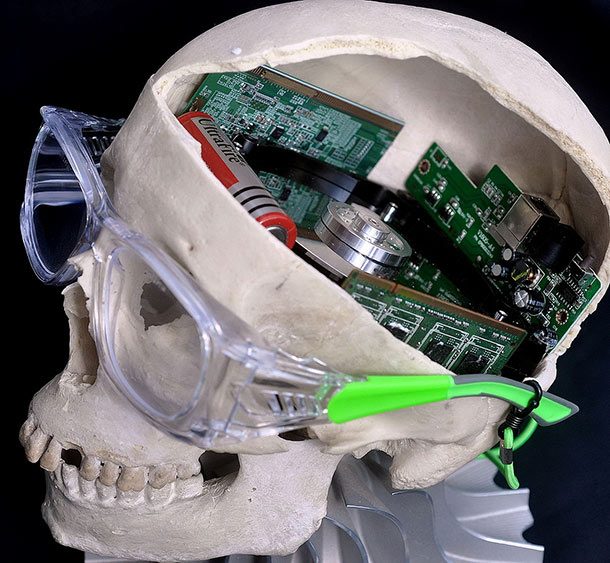 Source: https://www.newscientist.com/article/dn1459-ambidextrous-tendencies-may-mean-better-memory/
Source: https://www.newscientist.com/article/dn1459-ambidextrous-tendencies-may-mean-better-memory/ Studies have shown that ambidextrous families or families with a mixture of both right and left-handedness could have very good memories. A study at the University of Toledo found that families with lefties have a larger corpus callosum, which connects the two hemispheres. This could also prove true for the ambidextrous.
Sports
 Source: http://www.dailymail.co.uk/sciencetech/article-433138/Left-handers-better-sport-edge-given-faster-reactions-say-scientists.html
Source: http://www.dailymail.co.uk/sciencetech/article-433138/Left-handers-better-sport-edge-given-faster-reactions-say-scientists.html A study found that left-handedness and ambidexterity could give athletes an advantage at sports. According to the study published in the Neuropsychology journal, left-handed people’s brain hemispheres react faster because their hemispheres are more symmetrical, allowing them to do tasks quicker.
Footing
 Source: https://entertainism.com/famous-left-handed-people
Source: https://entertainism.com/famous-left-handed-people While many people not only have a dominant hand, they can have a dominant foot and eye. In the case of the ambidextrous, they don’t have a dominant side at all.
Animals
 Source: http://www.todayifoundout.com/index.php/2013/06/dogs-and-cats-are-typically-right-or-left-pawed/, https://www.ncbi.nlm.nih.gov/pmc/articles/PMC3897366/
Source: http://www.todayifoundout.com/index.php/2013/06/dogs-and-cats-are-typically-right-or-left-pawed/, https://www.ncbi.nlm.nih.gov/pmc/articles/PMC3897366/ A common myth claims only humans have asymmetrical brains, but it’s not true. Cats and dogs have a dominant paw. However, on rare occasions dogs have been recorded to be ambidextrous.
Age Decline
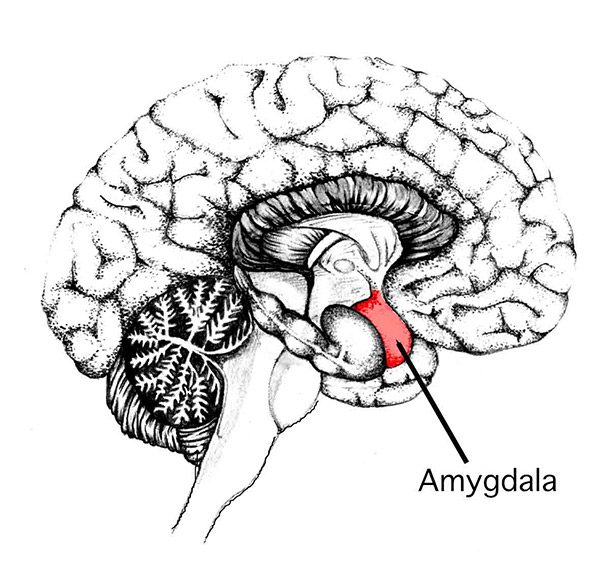 Source: https://www.ncbi.nlm.nih.gov/pmc/articles/PMC3236539/
Source: https://www.ncbi.nlm.nih.gov/pmc/articles/PMC3236539/ A study published in the Brain and Behavior journal found that the ambidextrous have a greater age-related decline in the hippocampus and amygdala. They did note this decline could be due to genetic, environmental, or behavioral differences.
Simultaneous Writing
 Source: https://biology.stackexchange.com/questions/13568/what-are-the-advantages-and-disadvantages-of-being-ambidextrous
Source: https://biology.stackexchange.com/questions/13568/what-are-the-advantages-and-disadvantages-of-being-ambidextrous Another advantage of being ambidextrous is the ability to write and draw at the same time with both hands. This phenomenon is also quite fascinating to watch in real time.
Lists Going Viral Right Now
UCinternational (Crop), Aaron Hill on July 22, 2013, CC BY 2.0 , 6. WikipediaCommons.com (Public Domain), 7. Pixnio.com (Public Domain), 8. Pixabay.com (Public Domain), 9. Pixabay.com (Public Domain), 10. WikipediaCommons.com (Public Domain), 11. WikipediaCommons.com (Public Domain), 12. WikipediaCommons.com (Public Domain), 13. Allan Ajifo, Brain power, CC BY 2.0 , 14. Peter Craig, https://www.flickr.com/photos/peteskeptic/, CC BY 2.0, 15. WikipediaCommons.com (Public Domain), 16. Valentina Gaia Lops, Synesthesia, CC BY-SA 2.0, 17. PublicDomainFiles.com (Public Domain), 18. WikipediaCommons.com (Public Domain), 19. Pixabay.com (Public Domain), 20. BruceBlaus, Schizophrenia (Illustration), CC BY-SA 4.0 , 21. Pixabay.com (Public Domain), 22. MaxPixel.com (Public Domain), 23. Pexels.com (Public Domain), 24. WikipediaCommons.com (Public Domain), 25. Evan-Amos, Human-Hands-Front-Back, CC BY-SA 3.0



























